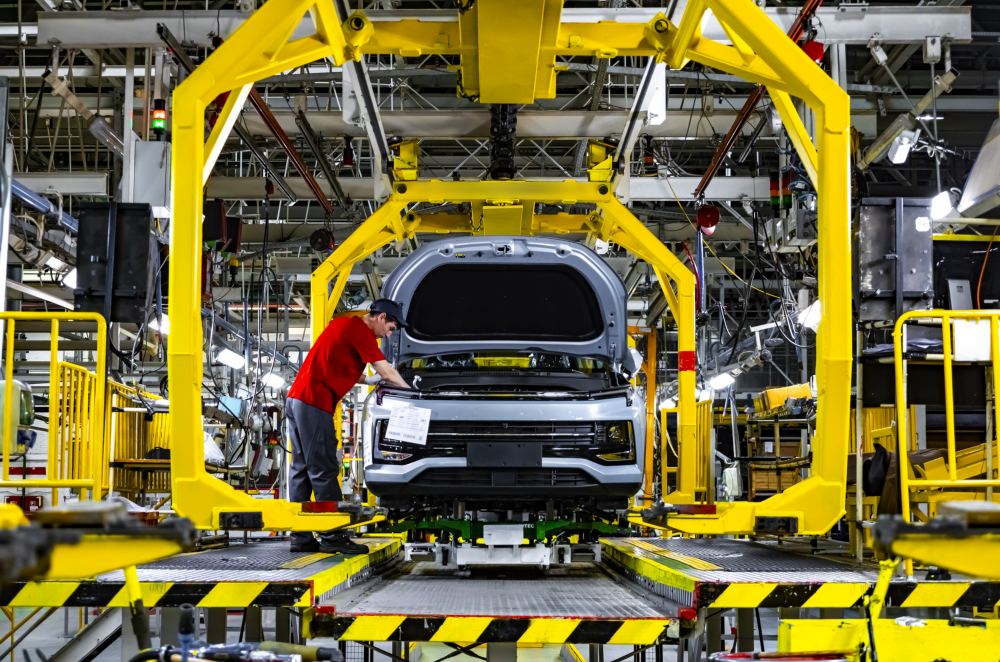Downtime in Automotive Industry: Challenges, Impacts, and Solutions
Understanding Downtime in Automotive Manufacturing
In the highly competitive realm of automotive manufacturing, operational efficiency is inevitable asset. Unplanned downtime - the unforeseen cessation of production - poses a formidable challenge, leading to substantial financial repercussions and operational disruptions.
Downtime in manufacturing refers to periods when production ceases due to equipment failure, maintenance, or other disruptions. In the automotive industry, where production lines are intricately synchronized, even brief interruptions can cascade into significant delays, affecting supply chains and market deliveries. The financial implications are profound; recent analyses indicate that an hour of downtime can cost automotive manufacturers approximately $2.3 million, a figure that has doubled since 2019 (Siemens Assets)
Calculating the Cost of Downtime
The financial impact of downtime extends beyond immediate production losses. Key components include:
- Lost Revenue: The direct consequence of halted production is the inability to produce vehicles, leading to immediate revenue loss.
- Labor Costs: Employees remain on the payroll during downtime, contributing to financial losses without corresponding productivity.
- Recovery Expenses: Restarting production often incurs additional costs, including overtime pay and expedited shipping to meet delayed schedules.
- Reputational Damage: Persistent downtime can erode customer trust, potentially leading to decreased future sales.
Example: Manufacturer X and the Cost of Downtime
Manufacturer X is a leading global automotive company operating a state-of-the-art production facility. This facility produces approximately 1,000 vehicles daily, with each vehicle contributing $35,000 in revenue. The production line operates on a tightly scheduled 16-hour shift, producing an average of 62.5 vehicles per hour.
Scenario: A Critical Downtime Incident
During peak production, the assembly line experiences an unplanned breakdown due to a conveyor system malfunction. The downtime lasts for three hours while technicians diagnose and repair the issue. Let's calculate the financial impact:
1. Revenue Loss
- Hourly Production Output: 62.5 vehicles
- Revenue per Vehicle: $35,000
- Total Revenue Lost in 3 Hours:
2. Labor Costs During Idle Time
- Number of Employees on Shift: 250
- Average Hourly Wage: $30
3. Recovery Costs
- Overtime for Recovery: To meet deadlines, Manufacturer X schedules overtime for 150 workers at 1.5 times their hourly rate.
- Expedited Shipping for Delayed Orders: Additional cost of $50,000.
4. Total Cost of Downtime
Indirect Costs and Implications
In addition to these immediate losses, Manufacturer X faces potential reputational damage due to late vehicle deliveries. Customer dissatisfaction could lead to lost future sales and strained relationships with dealerships. Can it be negated?
Recent Research on Downtime Management
Advancements in downtime management have been pivotal in addressing these challenges. Predictive maintenance (PdM), which leverages data analytics and machine learning to anticipate equipment failures, has emerged as a transformative approach. Studies have demonstrated that implementing PdM can reduce unplanned downtime by up to 50%, significantly enhancing operational efficiency (Oxmaint)
Furthermore, the integration of Internet of Things (IoT) devices enables real-time monitoring of machinery, facilitating proactive maintenance strategies. This technological convergence allows for the collection and analysis of vast amounts of data, providing insights that preempt equipment failures and optimize maintenance schedules
Implications for the Automotive Industry
The automotive sector's intricate supply chains and just-in-time production models render it particularly susceptible to the adverse effects of downtime. The recent global chip shortage exemplifies how disruptions can lead to significant production halts, with some manufacturers experiencing losses of up to $210 billion in revenue
To mitigate such risks, automotive manufacturers are increasingly adopting smart manufacturing practices. These include the deployment of data-driven systems, real-time analytics, and IoT-enabled machinery monitoring. Such innovations not only reduce downtime but also enhance overall production efficiency and product quality
In conclusion, unplanned downtime in automotive manufacturing presents significant financial and operational challenges. However, the advent of predictive maintenance technologies and smart manufacturing practices offers promising avenues to mitigate these issues. By embracing these innovations, automotive manufacturers can enhance operational efficiency, reduce costs, and maintain a competitive edge in an increasingly demanding market landscape.
Ready to increase your OEE, get clearer vision of your shop floor, and predict sustainably?
